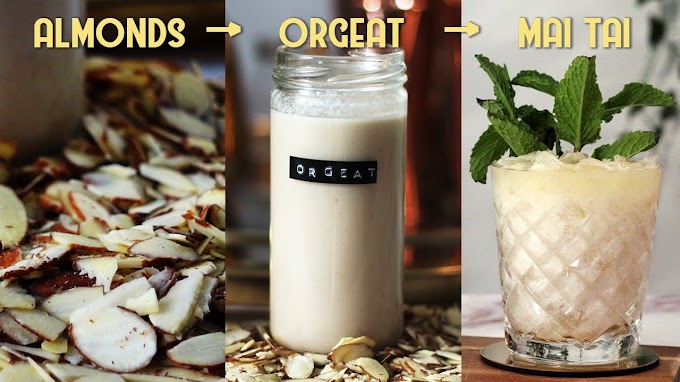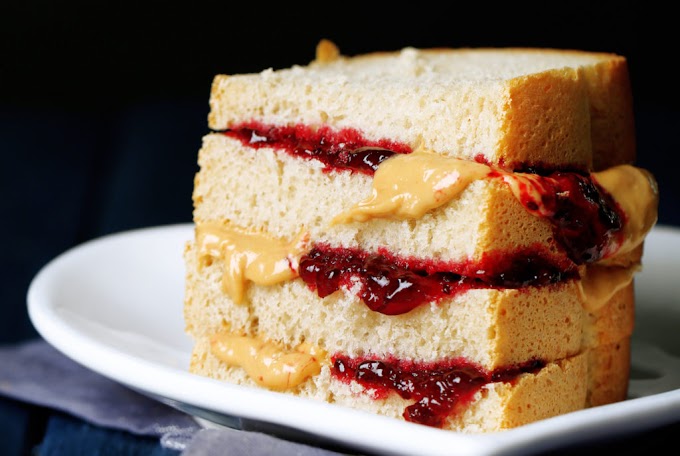The powerful peanut butter and jelly sandwich might possibly be considered something that practically every kitchen in America is equipped to prepare at any moment. It is a staple in children's lunchboxes and the most gratifying snack in the middle of the night. According to The South Florida Reporter, by the year 2020, 94% of American households will have at least one jar of peanut butter on hand. Apart from the kid- and adult-pleasing nutty and sweet flavor, PB&Js are also incredibly inexpensive to make and consume, but this wasn't always the case.
In the late 1800s, when it first appeared, peanut butter was costly and hard to find. According to Smithsonian Magazine, it took until the 1920s for the price of peanut butter to drop owing to mass production, making it more affordable for individuals who didn't belong to the wealthiest socioeconomic groups. At about the same time, the company Skippy recognized an untapped market among the country's youth and started aggressively marketing the budget-friendly spread to them.
However, it wasn't until the end of World War II that PB&J became a household name. Due to the inventive combination of sliced bread, peanut butter, and jelly that they received in their ration packets during the war, the troops who returned home became familiar with the sandwich. Of course, they showed the invention to their loved ones and kids, and presto, a sensation was formed. You might be shocked to find that this combo was enjoyed by a group of people before those engaged in warfare.
Initially,tea rooms offered sandwiches with peanut butter and jelly.
According to Smithsonian Magazine, wealthy women met for meals at tea houses or in one another's homes in the late 19th century. Tea sandwiches were typically thin, crustless pieces of bread stuffed with cheese, pork, and cucumbers. The creator of all the cereals, John Harvey Kellogg, and other food scientists started promoting peanut butter as a healthy substitute for butter at about the same time.
When Julia Davis Chandler submitted a recipe to Boston Cooking School Magazine in 1901, she instructed women to create tiny, three-layered sandwiches with peanut butter and currant or crabapple jelly, which she described as "excellent" and "unique" (via Smithsonian Magazine). Many modern kitchens continue to find this pairing to be gratifying. It was a combination that gained popularity.
You may customize it to your preferences by adding bananas and bacon, swapping out peanut butter for almond butter, or giving it a grill for a beautiful crunchy outside. The PB&J sandwich is a straightforward classic that anybody can enjoy, whether it is at a garden party or as an after-school snack.
You may customize it to your preferences by adding bananas and bacon, swapping out peanut butter for almond butter, or giving it a grill for a beautiful crunchy outside. The PB&J sandwich is a straightforward classic that anybody can enjoy, whether it is at a garden party or as an after-school snack.
However, it wasn't until the end of World War II that PB&J became a household name. Due to the inventive combination of sliced bread, peanut butter, and jelly that they received in their ration packets during the war, the troops who returned home became familiar with the sandwich. Of course, they showed the invention to their loved ones and kids, and presto, a sensation was formed. You might be shocked to find that this combo was enjoyed by a group of people before those engaged in warfare.
Initially,tea rooms offered sandwiches with peanut butter and jelly.
According to Smithsonian Magazine, wealthy women met for meals at tea houses or in one another's homes in the late 19th century. Tea sandwiches were typically thin, crustless pieces of bread stuffed with cheese, pork, and cucumbers. The creator of all the cereals, John Harvey Kellogg, and other food scientists started promoting peanut butter as a healthy substitute for butter at about the same time.
When Julia Davis Chandler submitted a recipe to Boston Cooking School Magazine in 1901, she instructed women to create tiny, three-layered sandwiches with peanut butter and currant or crabapple jelly, which she described as "excellent" and "unique" (via Smithsonian Magazine). Many modern kitchens continue to find this pairing to be gratifying. It was a combination that gained popularity.
You may customize it to your preferences by adding bananas and bacon, swapping out peanut butter for almond butter, or giving it a grill for a beautiful crunchy outside. The PB&J sandwich is a straightforward classic that anybody can enjoy, whether it is at a garden party or as an after-school snack.
You may customize it to your preferences by adding bananas and bacon, swapping out peanut butter for almond butter, or giving it a grill for a beautiful crunchy outside. The PB&J sandwich is a straightforward classic that anybody can enjoy, whether it is at a garden party or as an after-school snack.


.png)


.png)

